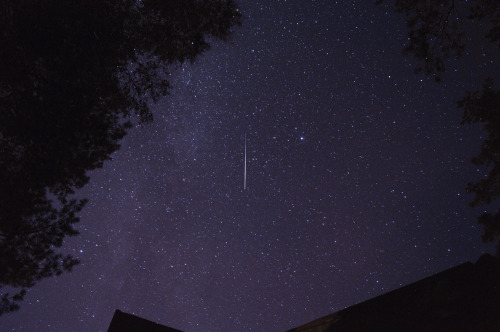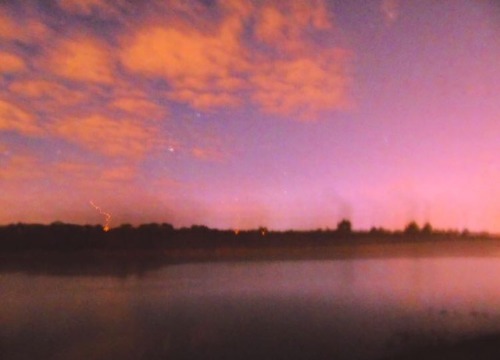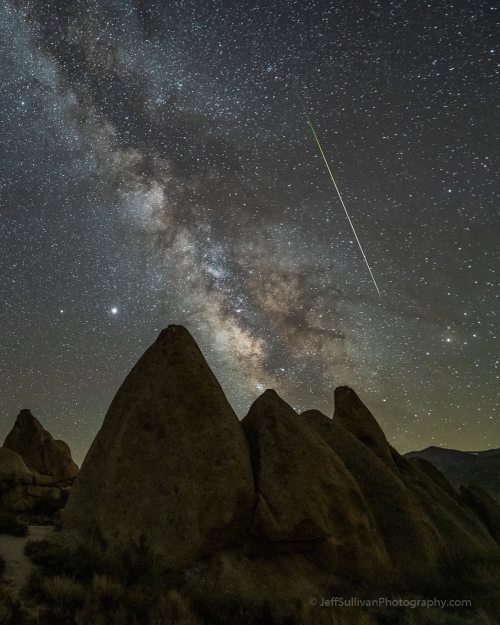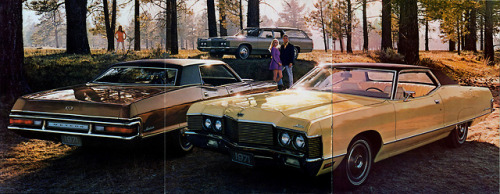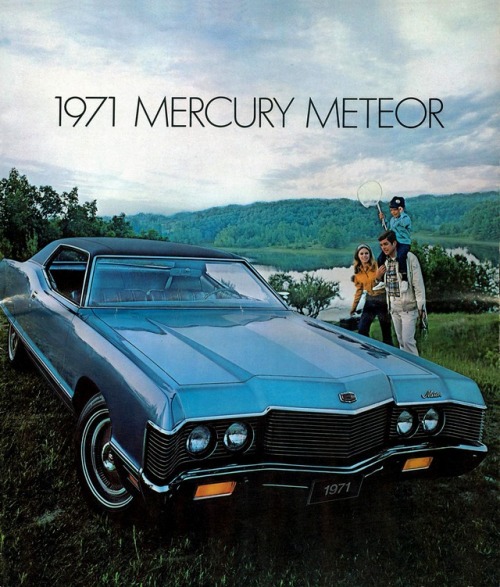#meteor
A long, bright Perseid meteor fireball captured last night at 14mm.
www.JeffSullivanPhotography.com
#perseids #perseidmeteorshower #perseid #meteor #astrophotography #milkyway #NikonNoFilter #D850 (at Mono Basin National Scenic Area)
https://www.instagram.com/p/CD2QLNJDHvr/?igshid=1hzwk3kb8g8su
Post link

Where are all these meteors coming from? In terms of direction on the sky, the straight answer is the constellation of Perseus- which is why the meteor shower that peaks tomorrow night is known as the Perseids. In other terms though, the Perseids meteors come from Comet Swift-Tuttle. The comet follows a well-defined orbit around our Sun, and the part of the orbit that approaches Earth passes in front of the Perseus constellation. Therefore, when Earth crosses this orbit, the radiant point of falling debris appears in Perseus.
Featured here, a composite image taken over eight nights and containing over 400 meteors from 2018 August’s Perseids meteor shower shows many bright meteors that streaked over Kolonica Observatory in Slovakia. This year’s Perseids holds promise to be one of the best meteor showers of the year. Image Credit & Copyright: Petr Horálek
A meteor streaks across the sky during the annual Perseid meteor shower on August 13, 2015 in Spruce Knob, West Virginia.
Source: NASA’s Instagram
Credit: NASA/Bill Ingalls
Post link

